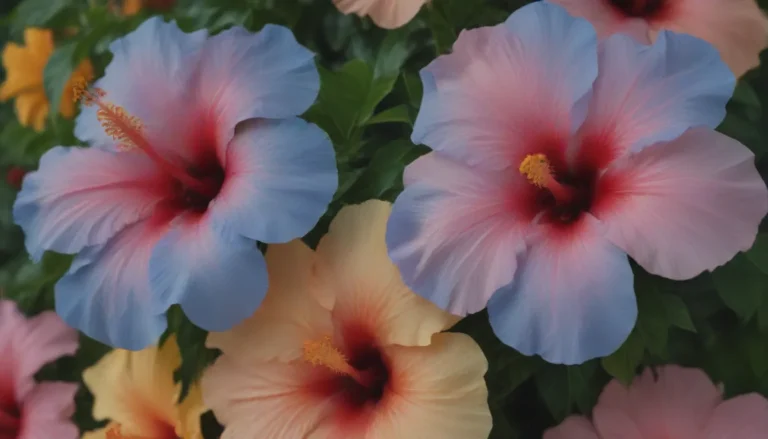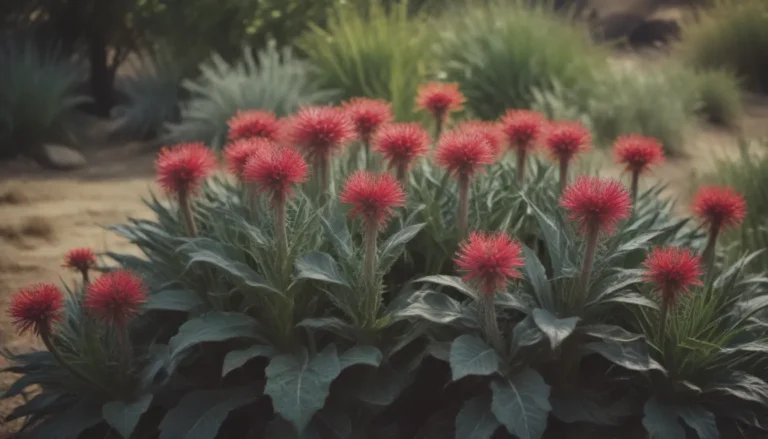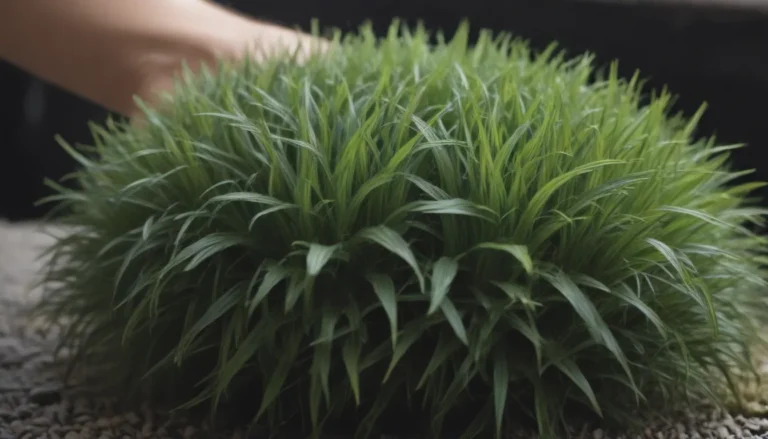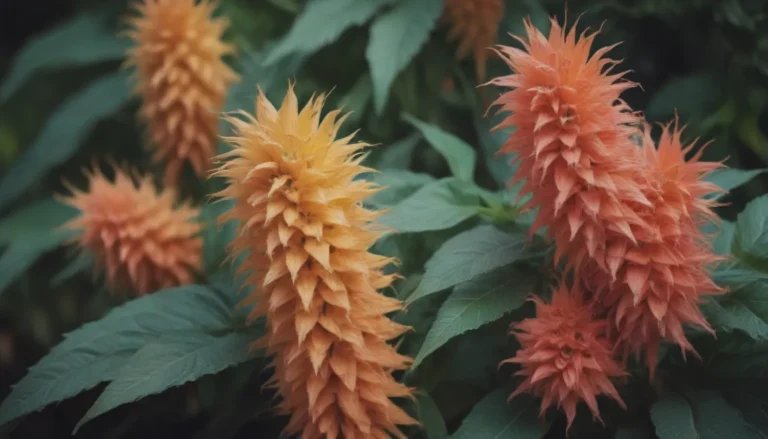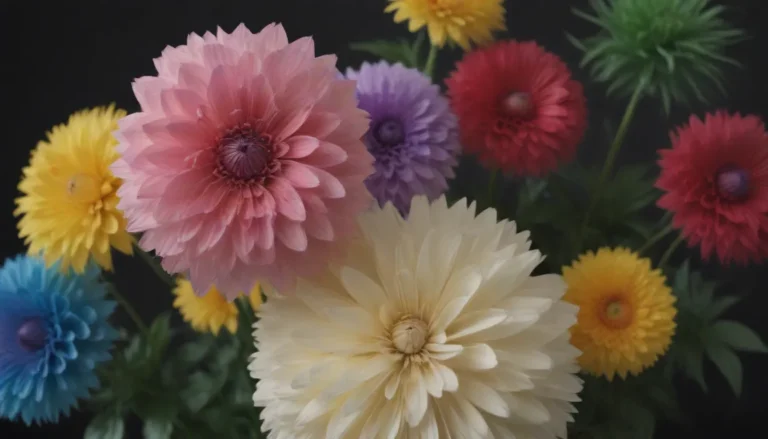Everything You Need to Know About Growing and Caring for Red Mulberry Trees
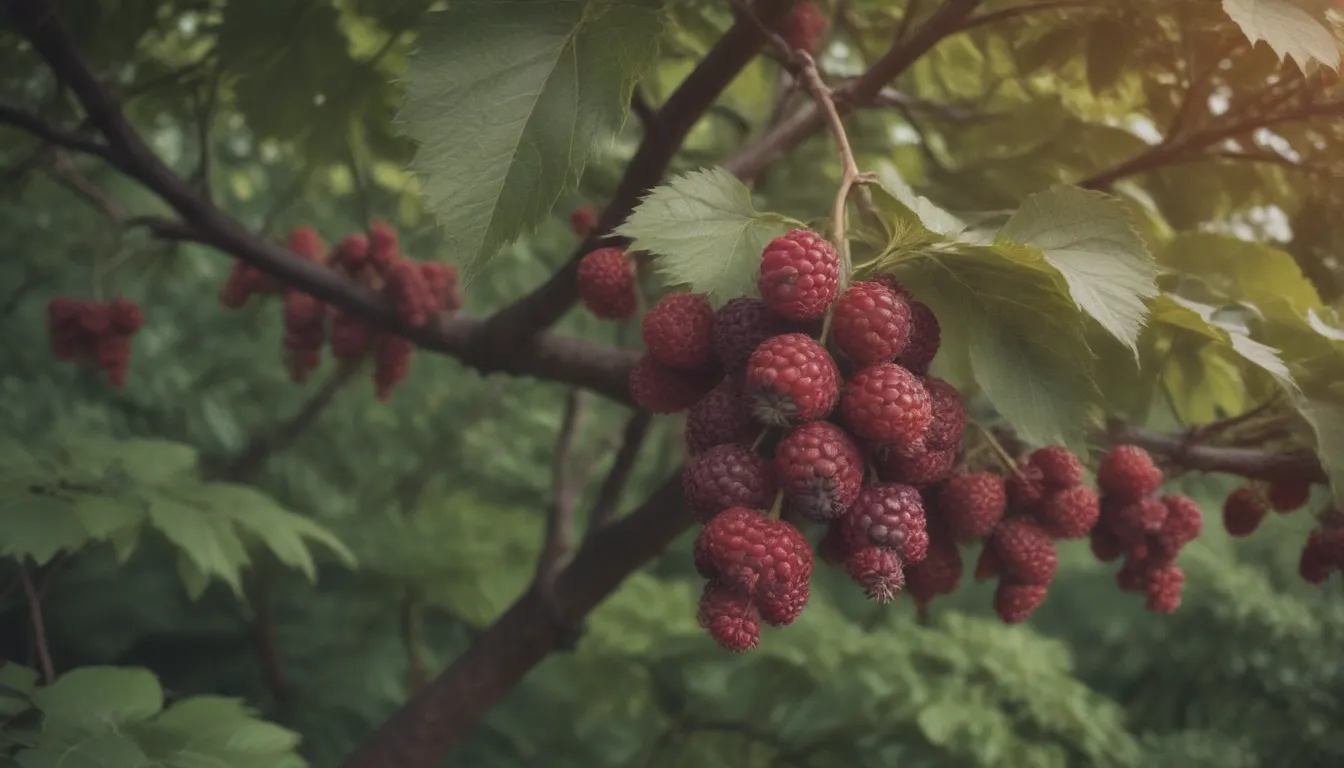
Are you interested in adding a unique and beautiful tree to your landscape? Look no further than the red mulberry tree! While it may not be as common as the invasive white mulberry, the red mulberry is a stunning species that can add ornamental value to your garden. Plus, who can resist the allure of its delicious fruit, perfect for jams and pies?
In this comprehensive guide, we will delve into everything you need to know about growing and caring for red mulberry trees. From site selection to propagation, we’ve got you covered. So, grab a cup of tea and let’s explore the wonderful world of red mulberries!
Red Mulberry Tree Care
Taking care of a red mulberry tree may seem daunting, but with a little affection and attention, you can enjoy a bountiful harvest of berries and a striking addition to your landscape. Let’s dive into some key aspects of red mulberry tree care:
Site Selection
Selecting the right spot for your red mulberry tree is crucial for its success. Keep these points in mind:
- Choose a location with ample space to accommodate the tree’s height and spread.
- Consider how the tree will interact with existing infrastructure and hardscaping.
- Be mindful of the tree’s messiness to prevent staining and property damage from falling fruit.
When planting, dig a hole as deep as the container or root ball and twice the width. Mulch around the tree, avoiding contact with the bark, to help retain moisture.
Light
Red mulberry trees thrive in full sun, although they can tolerate partial shade. For optimal fruit production, aim for a sunny spot in your garden.
Soil
Plant your red mulberry tree in well-draining, moist, and rich soil. A loamy soil with a neutral to alkaline pH is ideal for these trees.
Water
Initially, provide weekly watering to newly planted red mulberry trees. Use a rule of thumb of ten gallons of water per inch of trunk diameter. Once established, the tree is drought-resistant but will benefit from occasional watering to promote good fruit production.
Temperature and Humidity
Red mulberry trees are hardy and can thrive in a variety of temperatures. They are suitable for USDA Hardiness Zones 3-8.
Fertilizer
While red mulberry trees do not require fertilizer, applying a 10-10-10 slow-release fertilizer in the spring can increase berry yield.
Types of Mulberry Trees
In addition to red mulberries, the United States is also home to Texas mulberry trees. However, other varieties, like the invasive white mulberry, can out-compete and hybridize with red mulberries, posing a threat to native species.
Pruning
When it comes to pruning red mulberry trees, keep these tips in mind:
- Prune during winter dormancy to prevent “bleeding” from the delicate bark.
- Remove dead or damaged limbs and shape the tree according to your preferences.
Propagating Red Mulberry Trees
Did you know you can propagate red mulberry trees using branch cuttings? Here’s how:
- Take a healthy branch cutting.
- Plant the cutting in well-draining soil.
- Water regularly and watch your new tree grow!
Growing a Red Mulberry Tree From Seed
If you prefer growing trees from seed, here’s how you can grow a red mulberry tree:
- Plant seeds in the summer or fall without stratification.
- Alternatively, stratify seeds in the refrigerator for 30 to 90 days before planting in the spring.
- Space seeds 8 to 12 inches apart and expect fruit production in 4 to 10 years.
Overwintering
Red mulberry trees are cold-tolerant and require minimal care during the winter months.
Common Pests and Problems
While red mulberry trees are generally hardy and pest-resistant, keep an eye out for browsing deer and messy fruit that can stain surfaces in your garden. Consider planting fruitless cultivars if cleanliness is a priority.
In conclusion, incorporating a red mulberry tree into your landscape can bring beauty, shade, and delicious fruit. By following these care tips and guidelines, you can enjoy the benefits of a thriving red mulberry tree in your garden. So, why not give it a try and add a touch of nature’s charm to your outdoor space? Happy gardening!
